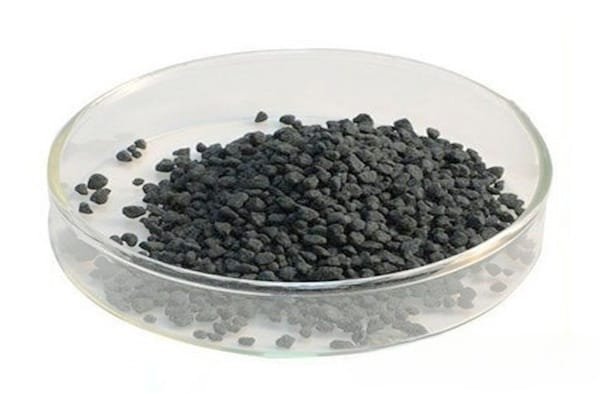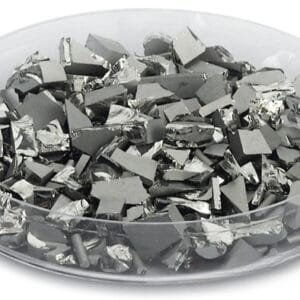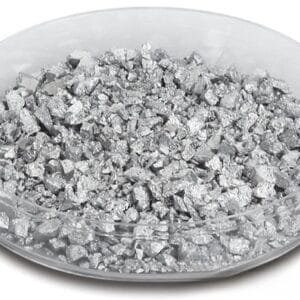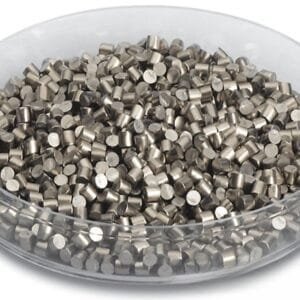Niobium Nitride Evaporation Materials Overview
Niobium Nitride (NbN) evaporation materials from TFM are high-purity nitride ceramics essential for advanced deposition processes. With a chemical formula of NbN, these materials ensure the production of high-quality deposited films. TFM is renowned for its commitment to excellence, producing evaporation materials with a purity level of up to 99.9995%, supported by rigorous quality control measures.
Niobium Nitride Evaporation Materials Specification
| Material Type | Niobium Nitride |
| Symbol | NbN |
| Appearance/Color | Gray solid |
| Melting Point | 2,573 °C |
| Density | 8.470 g/cm3 |
| Purity | 99.5% |
| Shape | Powder/ Granule/ Custom-made |
Applications of Niobium Nitride Evaporation Materials
Niobium Nitride evaporation materials are versatile and used in several high-tech applications:
- Deposition Processes: Essential for semiconductor deposition, chemical vapor deposition (CVD), and physical vapor deposition (PVD).
- Optics: Applied in wear protection, decorative coatings, and display technologies.
Packaging and Handling
TFM ensures that Niobium Nitride evaporation materials are meticulously tagged and labeled for efficient identification and quality assurance. The packaging is designed to prevent any damage during storage and transportation.
Contact Information
As a premier provider of high-purity Niobium Nitride evaporation materials, TFM offers various forms including tablets, granules, rods, and wires. Custom shapes and quantities can be requested. In addition to evaporation materials, TFM supplies evaporation sources, boats, filaments, crucibles, heaters, and e-beam crucible liners. For current pricing and additional inquiries, please contact us directly.


 MSDS File
MSDS File



Reviews
There are no reviews yet.